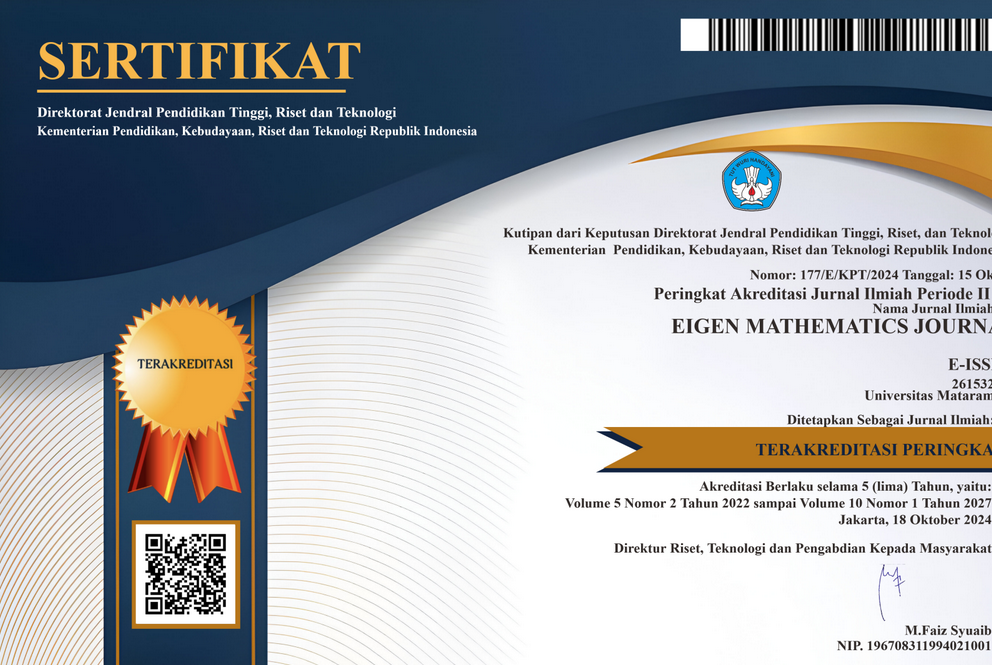Comparison of Hierarchical and Non-Hierarchical Methods in Clustering Cities in Java Island using the Human Development Index Indicators year 2018
DOI:
https://doi.org/10.29303/emj.v4i1.89Keywords:
Cluster Analysis, Agglomerative Method, K-Means, Fuzzy C-Means, Human Development IndexAbstract
The Human Development Index (HDI) is a composite index to assess the developmental level of life quality in a particular region. In 2018, Java Island, which geographically has the most regencies/ municipalities in Indonesia, achieved human development with “high” status and was followed by all its regencies which have also achieved human development with “high” status. Therefore, research was carried out on how the characteristics inherent in the high HDI have been achieved in regencies on Java Island and grouping them so that it is easy to interpret regencies/ municipalities with homogeneous characteristics. This study used the hierarchical cluster method (single linkage, average linkage, and ward) and non-hierarchical cluster methods (K-Means and FCM). The results show that the best hierarchical cluster method is the average linkage method which forms four clusters where the regencies/ municipalities with the best characteristics (dimensions of education, health, and high purchasing power) are Kepulauan Seribu, Bogor, and 78 other regencies/ municipalities. Then, the best non-hierarchical method is the FCM method which forms two clusters, with a prominent characteristic is those city areas have better characteristics than district areas.References
Ambarwati, Atika Nurani. (2019). Latent Class Cluster Analysis untuk Pengelompokkan Kabupaten/Kota Di Provinsi Jawa Tengah Berdasarkan Indikator Indeks Pembangunan Manusia 2017. Jurnal Variance: Journal Statistics and Its Applications.
Badan Pusat Statistik. (2019). Indeks Pembangunan Manusia 2018. Jakarta.
Badan Pusat Statistik. (2019). Provinsi Banten Dalam Angka. Banten.
Badan Pusat Statistik. (2019). Provinsi Daerah Istimewa Yogyakarta Dalam Angka. Yogyakarta.
Badan Pusat Statistik. (2019). Provinsi DKI Jakarta Dalam Angka. Jakarta.
Badan Pusat Statistik. (2019). Provinsi Jawa Barat Dalam Angka. Jawa Barat.
Badan Pusat Statistik. (2019). Provinsi Jawa Tengah Dalam Angka. Jawa Tengah.
Badan Pusat Statistik. (2019). Provinsi Jawa Timur Dalam Angka. Jawa Timur.
Badan Pusat Statistik. (2019). Tabel Dinamis: Indikator Indeks Pembangunan Manusia. www.bps.go.id (diakses pada 1 Desember 2020).
Gordon, A.D. (1999). Classification (2nd Edition). London: Chapman & Hall.
Gudono. (2011). Analisis Data Multivariat Edisi Pertama. Yogyakarta: BPFE.
Johnson, R.A. & Wichern, D.W. (2007). Applied Multivariate Statistical Analiysis, Sixth Edition. Prentic-Hall International: New Jersey.
Kassambara, A. (2017). Practical Guide to Cluster Analysis in R. (sthd.com)
Kusumanintyas, Clara Aulia. (2017). Analisis Klaster Untuk Pengelompokkan Kabupaten/Kota di Provinsi Papua Berdasarkan Indikator Indeks Pembangunan Manusia Tahun 2017. Jakarta: Skripsi Politeknik Statistika STIS.
Rachmatin, Dewi dan Kania Sawitri. (2012). Perbandingan Antara Metode Agglomeratif, Metode Divisif, dan Metode K-Means dalam Analisis Klaster. Jurnal Pendidikan Matematika FMIPA UPI.
Wahyuni, Sri. (2018). Pengelompokkan Kabupaten/Kota di Pulau Jawa Berdasarkan Faktor-Faktor Kemiskinan deengan Pendekatan Average Linkage Hierarchical Clustering. Jakarta: Jurnal Aplikasi Statistika dan Komputasi Statistik, V.10.1.2018.
Downloads
Published
How to Cite
Issue
Section
License
All articles published in the Eigen Mathematics Journal will be available for free reading and downloading. The license applied to this journal is Creative Commons Attribution-Non-Commercial-Share Alike (CC BY-NC-SA).
Similar Articles
- Syaidatussalihah, Abdurahim, Classification of Poverty Status using the Random Forest Algorithm , EIGEN MATHEMATICS JOURNAL: Vol. 5 No. 1 Juni 2022
You may also start an advanced similarity search for this article.
Most read articles by the same author(s)
- Aisyah 'Azizah Nur Rahmah, Arie Wahyu Wijayanto, Comparison Analysis of Clustering Methods for Clustering of Indonesian’s Gender Empowerment Conditions in 2022 , EIGEN MATHEMATICS JOURNAL: Vol. 6 No. 2 (2023): December






